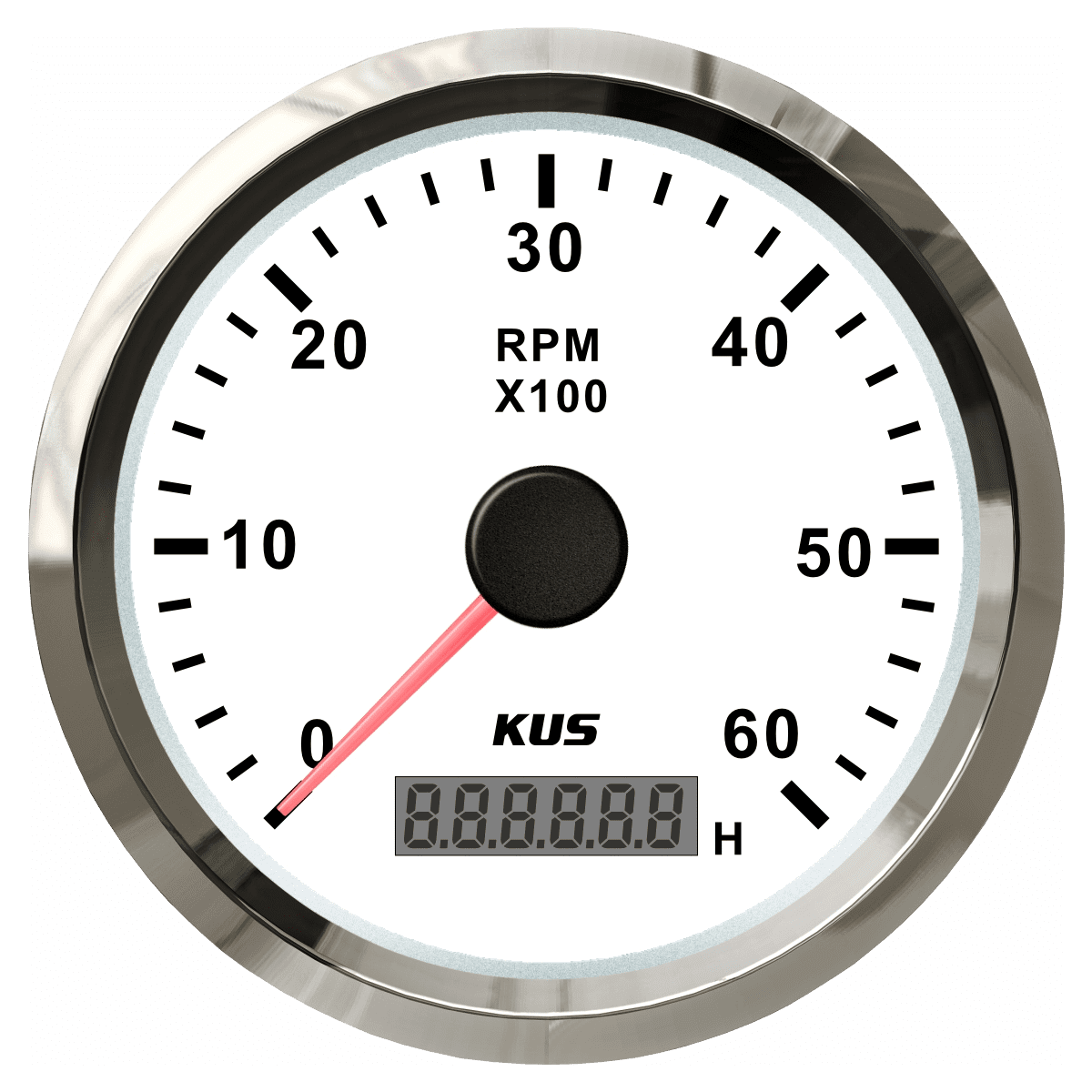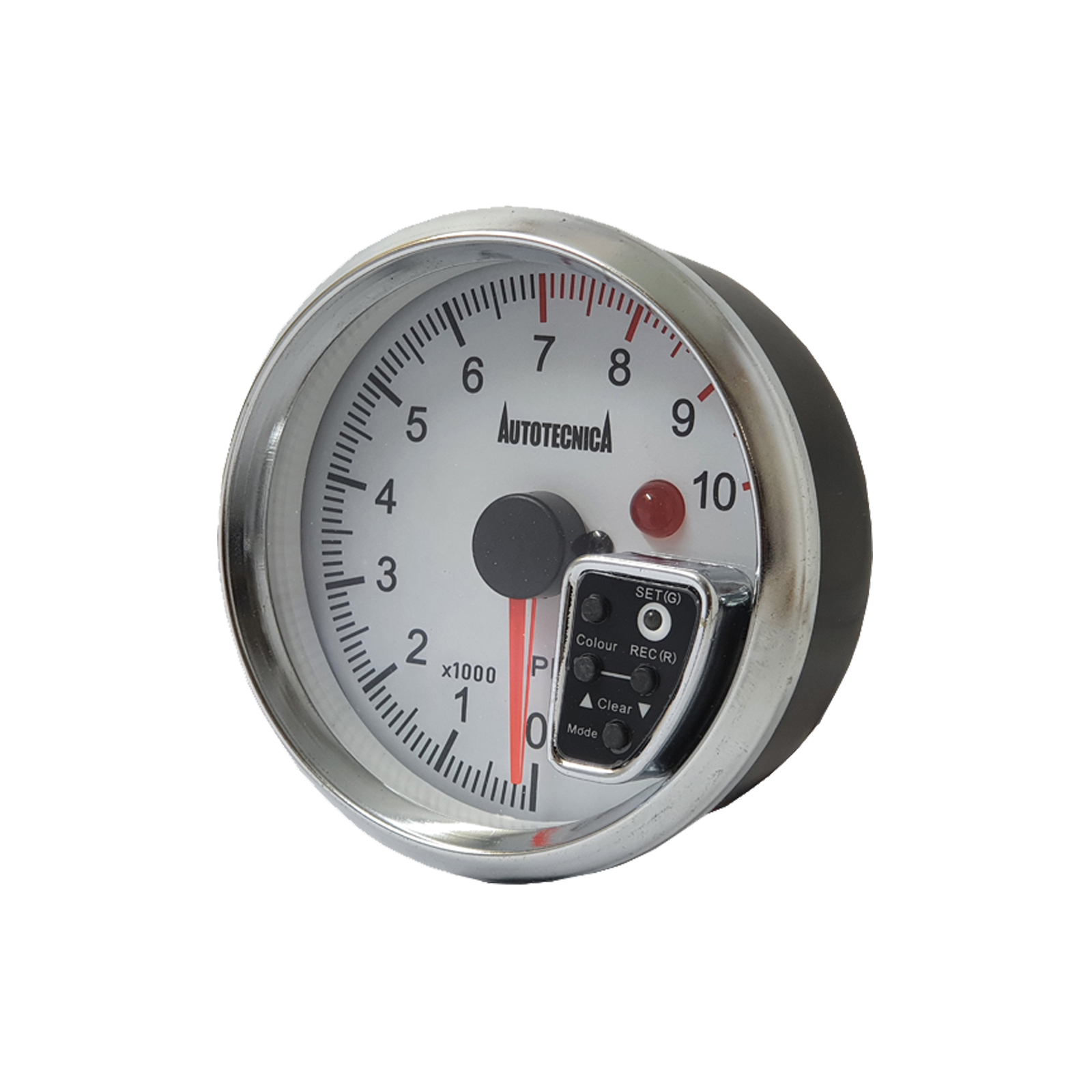Comprehensive Overview to Understanding and Using a Tachometer Successfully
Comprehensive Overview to Understanding and Using a Tachometer Successfully
Blog Article
Opening the Keys of Tachometers: Whatever You Need to Learn About This Vital Tool in Your Lorry
Recognizing the ins and outs of tachometers can supply important insights right into your lorry's efficiency and maintenance needs. From measuring engine speed to analyzing the data it presents, tachometers work as a vital tool for vehicle proprietors and lovers alike. By unraveling the enigmas behind this necessary instrument, you can open a wealth of details that can improve your driving experience and ensure the long life of your car.
Importance of Tachometers
The value of tachometers depends on their capacity to supply essential real-time information regarding an engine's rotational rate, enabling exact tracking and upkeep of machinery. By determining the changes per minute (RPM) of an engine's crankshaft, tachometers use beneficial insights right into the engine's efficiency - tachometer. This data is important for ensuring that the engine runs within its optimal variety, avoiding prospective damages from over-revving or underperforming
Tachometers play a vital duty in aiding operators and specialists detect any type of abnormalities in the engine's rate, which can suggest problems such as gas ineffectiveness, mechanical problems, or extreme strain on the engine. By without delay recognizing these concerns with tachometer readings, upkeep can be done proactively, protecting against pricey repairs and downtime over time.
In addition, tachometers are especially vital in high-performance cars and equipment, where specific control over engine speed is required for ideal procedure. Competing cars, aircraft, and industrial devices count on tachometers to provide peak efficiency while maintaining safety and security criteria. Basically, tachometers are not simply tools for measuring rate but essential tools for guaranteeing the smooth and effective operation of engines across numerous applications.
How Tachometers Measure Engine Speed
Utilizing sensing units that find the frequency of electric pulses produced by the engine's ignition system, tachometers accurately gauge the rotational rate of an engine. By keeping an eye on the rate at which these pulses are received, tachometers provide real-time responses on how quickly the engine's crankshaft is turning per min, frequently referred to as changes per minute (RPM)
The tachometer's sensing unit, typically connected to the engine's ignition coil or ignition system wires, picks up the electric signals produced each time a cyndrical tube fires. These signals are then transformed into RPM analyses displayed on the gauge or tool cluster within the driver's view. Tachometers can be analog or electronic, with contemporary vehicles generally featuring digital display screens for exact and instantaneous RPM readings.
This details is vital for drivers to comprehend the engine's efficiency, avoid over-revving, optimize gear changing, and ensure effective discover this info here gas consumption. By precisely gauging engine speed, tachometers play an important duty in try this web-site helping chauffeurs run their lorries safely and successfully.
Translating Tachometer Analyses
Having a clear understanding of exactly how tachometers measure engine rate establishes the foundation for effectively analyzing the RPM readings displayed. Analyzing tachometer readings is essential for optimum vehicle efficiency and engine wellness. When the engine is idling, the tachometer needle usually rests around 600-1000 RPM, depending on the lorry.


Tips for Using Tachometers Properly
To enhance driving performance and enhance engine efficiency, what key methods can be applied for successfully utilizing tachometers? Tachometers are essential devices that give real-time responses on engine rate, making it possible for motorists to make enlightened choices for far better performance - tachometer. Below are some ideas for using tachometers successfully:
Understanding Ideal RPM Array: Familiarize yourself with the optimum RPM (Revolutions Per Minute) array for your vehicle. This variety ranges different vehicles and is generally indicated in the owner's handbook. Maintaining the engine within this array can improve fuel effectiveness and lengthen the engine's lifespan.
Shifting Gears at the Right Time: Utilize the tachometer to identify the ideal time to change equipments. Upshifting prematurely or too late can result in decreased efficiency and performance. Aim to shift gears when the RPM reaches the optimal range for the next equipment.
Monitoring Engine Stress: High RPMs for extended periods can strain the engine. Watch on the tachometer to prevent over-revving, specifically throughout velocity or when i thought about this bring heavy lots.
Tachometers and Lorry Upkeep
When thinking about vehicle upkeep, tachometers play a vital function in checking engine performance and detecting prospective concerns. Tachometers offer essential data on engine rate, allowing vehicle drivers and mechanics to make sure that the engine is operating within the suggested RPM array.
Along with detecting prospective concerns, tachometers can also assist in optimizing fuel effectiveness. By maintaining the engine speed within the ideal array, drivers can enhance their gas mileage and lower fuel usage. This not just profits the chauffeur's budget however additionally contributes to ecological conservation by lowering damaging exhausts.
Final Thought

Report this page